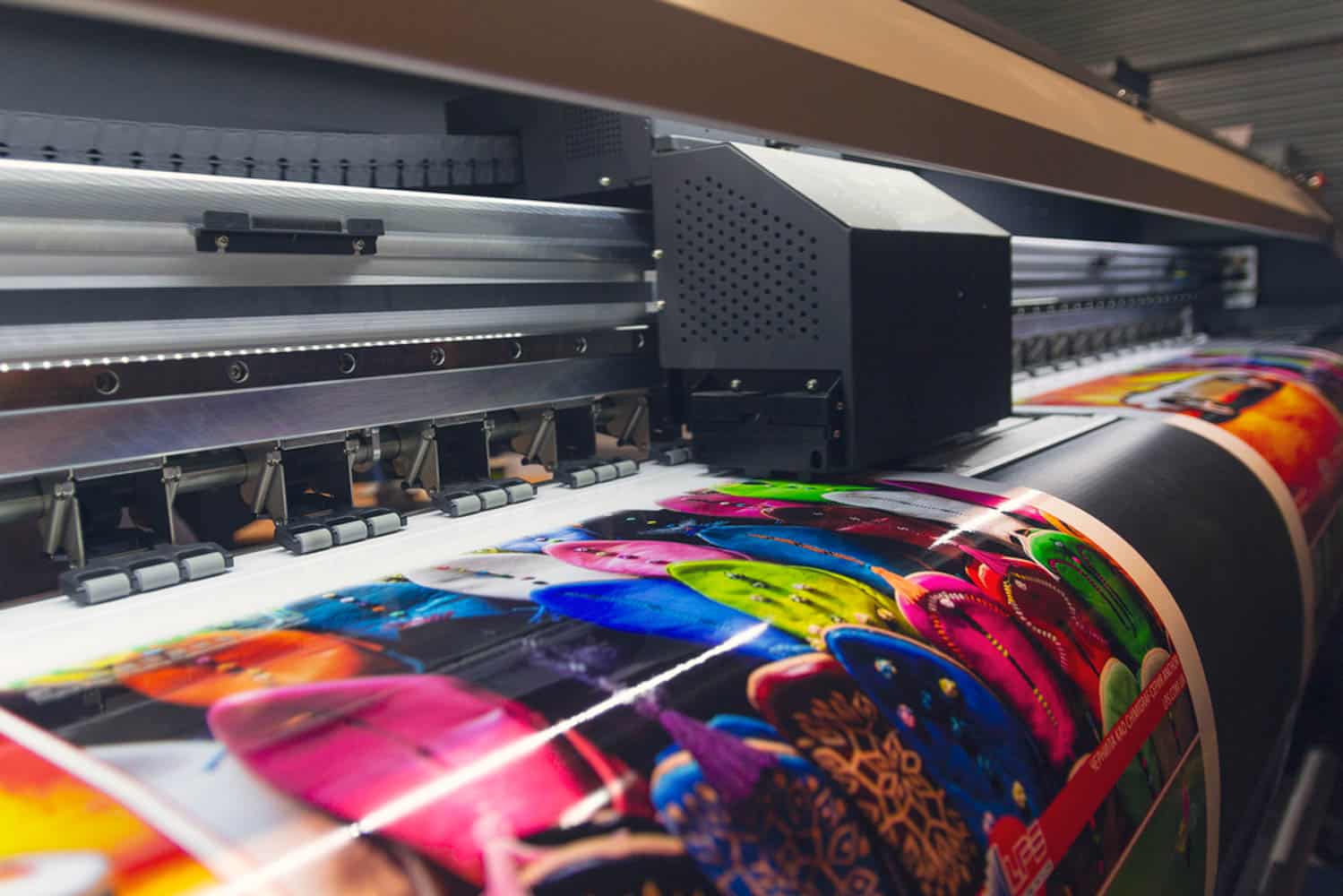Facts About Digital Printing Revealed
Table of ContentsThe 10-Minute Rule for Digital PrintingThe smart Trick of Digital Printing That Nobody is Talking AboutUnknown Facts About Digital PrintingAn Unbiased View of Digital PrintingFascination About Digital PrintingLittle Known Questions About Digital Printing.Digital Printing - QuestionsEverything about Digital Printing
Personalization additionally allows services to attract attention in a jampacked market by producing distinct advertising materials that differentiate them from their rivals. Among the primary advantages of electronic printing is the capability to print variable data. Each published item can be distinct, permitting organizations to develop tailored advertising products that speak directly to their target audience.Digital printing likewise enables modification in the style of marketing products. With electronic printing, organizations can produce layouts that are special and tailored to their particular needs. This can consist of customized graphics, typefaces, and layouts that can aid to separate them from their competitors. An additional advantage of electronic printing is the capability to print on need.
The Buzz on Digital Printing
By publishing smaller sized amounts of marketing materials, companies can reduce waste and avoid the requirement for excess stock. Digital printing is also versatile.
By utilizing various products and styles, services can produce distinct advertising products that stick out from their competitors and draw in attention from their target audience. Digital printing also uses uniformity. With standard printing techniques, there is commonly variant in between prints because of differences in ink coverage, stress, and various other variables.
This uniformity can help build consumer trust fund and reliability, revealing that business is committed to supplying top quality products. Consistency is specifically crucial for services that intend to construct client trust and credibility. By making certain that every print corresponds, services can show that they are committed to offering high-grade materials and taking note of the details.
Little Known Facts About Digital Printing.

Additionally, digital printing creates much less waste since it can publish as needed and in smaller quantities, lowering the demand for excess supply and products. Digital printing likewise utilizes much less energy compared to traditional printing methods. Digital printers do not require as much energy to operate, as they do not require to warm up as much or utilize as much power to run.
Digital Printing Things To Know Before You Buy

Offset printing requires a plate for each shade printed. Conventional offset printing is a print technique that uses light weight aluminum plates to transfer ink onto a rubber sheet (usually referred to as a "blanket").
Getting The Digital Printing To Work
The equipment's set up costs are high initially, extra units become reasonably much less costly as the amount rises. Balanced out printing enables for a wide variety of print products to be utilized during manufacturing. It permits the printer to utilize different paper types, custom coatings, and numerous inks. The high-grade pictures generated via balanced out printing make it the preferred approach, specifically amongst visuals designers, when looking for the best color recreation, information, and professional-looking prints.
For digital inkjet printing, ink is moved straight onto the surface. Instead than relying on light weight aluminum plates and rubber coverings to transfer a picture, electronic printing utilizes fluid ink during manufacturing.
Rumored Buzz on Digital Printing
Since balanced out printing can mix customized color inks for each job, it will naturally get the colors spot-on. Count on countered printing for tidy, unique types and pictures without streaks or spots.
It sets you back a whole lot to begin a balanced out task. You have to invest cash right into producing the plates, which takes some time. When you've spent it, all of the products are ready to go, and you'll invest less on big countered tasks than a digital print, which is regarding the same per piece no issue just how big the work gets.
Each print is similar. You risk fewer odd see this site variants triggered by discrepancies in water and ink. Digital printing is less pricey for low-volume jobs. The rate each goes down for digital printing, so at some time, they crisscross. Changing info within a single print task. For instance, say you were publishing out postcards advertising a show.
What Does Digital Printing Do?
While electronic printing or inkjet printing look at here is the recommended choice in today times, there are compelling reasons to convert from offset to digital printing systems. Call Kao Collins concerning shade matching and personalized formulations. When publishing countered or digitally, critical choices and procedures are entailed in shade matching. If it has a visuals overlay or consists of a label, it will certainly have colors.
Industrial inkjet printing provides flexibility for printing on numerous different substratums. Digital printing is optimal for customers that do not require longer runs and warehousing materials.

One advantage of electronic printing is choosing from a broad variety of electronic substrates. With electronic printing, the expense of the substratum in the total work is tiny.
The smart Trick of Digital Printing That Nobody is Discussing
Tools expenses in inkjet printing are much lower than balanced out printing as there are no plate-making, plates, and press expenses. Past the funding expenditure, the prepress devices and printing presses require very competent operators in offset printing, which includes labor costs.